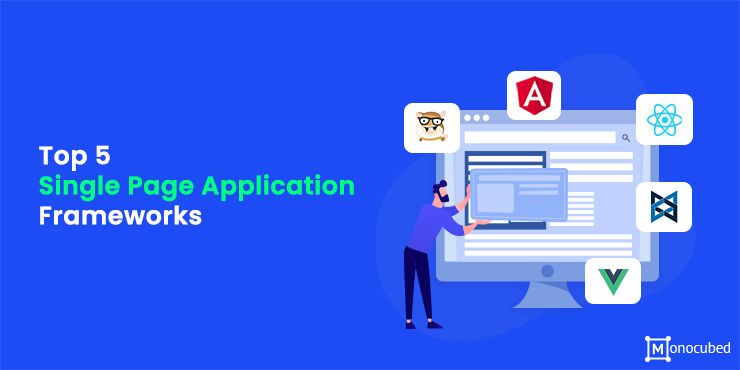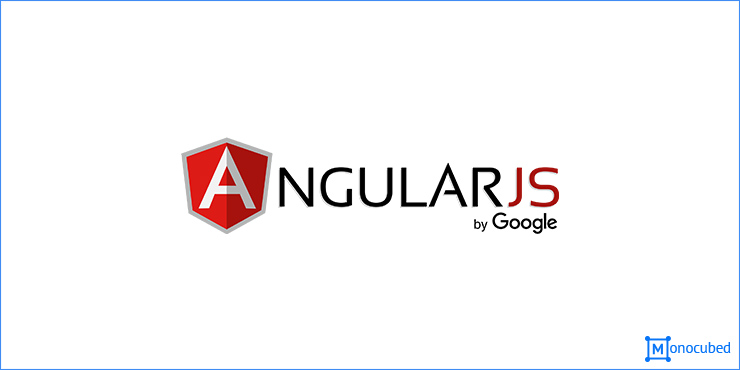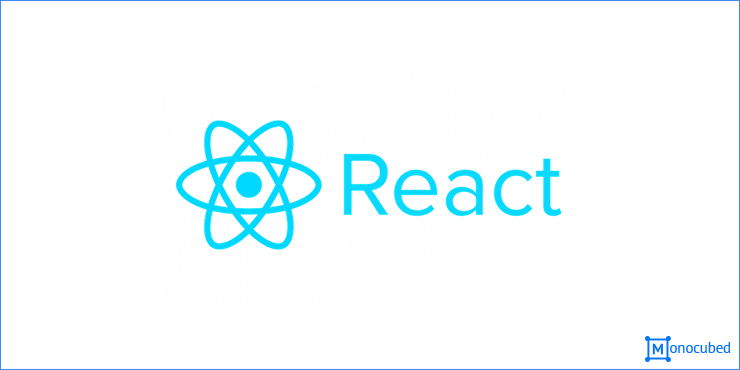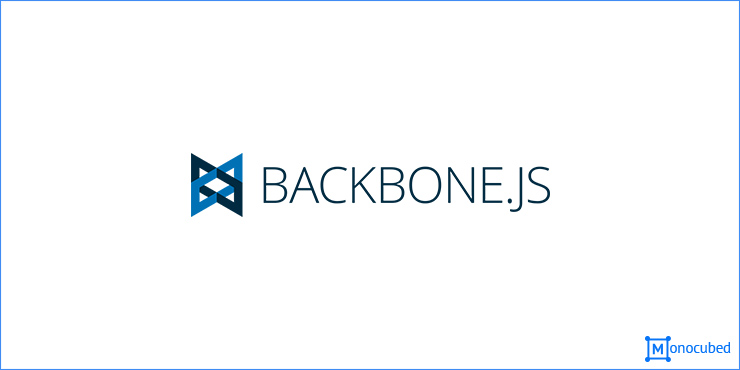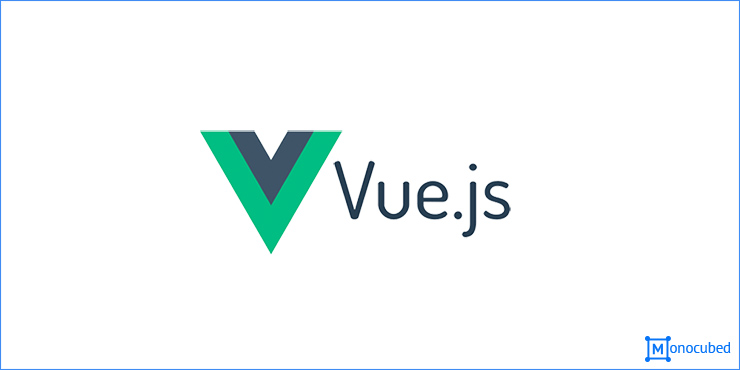- What makes users click on your site?
- What can make your web application stand out?
If you want your web app to flourish, you need an app that provides seamless navigation, simple and quick loading, and state-of-the-art features. For developing such user-driven applications, the traditional web apps just do not cut it anymore. Most entrepreneurs are looking towards single page web applications.
Single Page Applications are the perfect solution for developing cross-platform, consumer-centric web applications. There are many web frameworks for simplifying and quickening the SPA development process.
We have curated a list of the 5 popular single-page app frameworks that you can use in 2022. But first, let’s understand how single page applications work and how web frameworks can assist us.
Table of Content
A Brief Glance at Single Page Applications
As the name suggests, Single Page Application is a web application that has only one web page. It is a client-side application that works with the speed and performance results of a server-side rendered app.
Single page applications are preferred by enterprises not only for speed, but also for their low web development costs, high security, fast debugging and testing and portability.
A traditional web application has multiple pages that each need to be reloaded every time there are user requests. But unlike traditional multi-page applications, SPA only has a single HTML web page. When the server receives a user request, only those particular web components are reloaded. Other components on the webpage remain the same. This means that after the initial page load, the app instantly reloads as user requests with improved speed and performance.
How Do SPAs Work?
When a web browser sends a request for a web page to the server, the SPA sends back an HTML file that contains placeholder elements, along with some files including JavaScript and CSS codes. There is no data or content inside the elements or the HTML file.
When the browser executes the JavaScript files, the server is requested for content. This content is uploaded to the web browser’s HTML code. These JavaScript files are the soul of single page applications. They dynamically update the DOM in the web browser eliminating the need for refreshing or reloading the web pages.
What is SPA Framework?

A single page web application framework is a web framework that provides a platform for web app development of SPAs. These SPA frameworks incorporate a set of tools and libraries for avoiding repetitive coding. In addition, they also support unit testing, automated data binding, URL routing and HTML tag manipulation.
SPA frameworks have been steadily gaining popularity, especially for businesses and startups. There are many advantages using single page application framework in your web project-
- User experience
- Dynamic loading
- Debugging and testing
- URL routing
- HTML rendering
- Simplicity
- Cost-efficient
- Supports caching of data for faster loading time
- Secure with a lot of security-enhanced features
- Server-side rendering – Improves speed, and optimizes your website for web crawlers to find.
Top 5 Single Page Application Frameworks To Use in 2022
A single page app framework comes integrated with a lot of utilities that make the development process streamlined. Along with automating repetitive coding tasks, and offering ready-to-use components, these frameworks also provide HTML and AJAX support, URL routing, data caching, protection against security vulnerabilities and enhanced performance.
Some popular web frameworks used for the web application development of single page applications are listed below.
-
EmberJS
EmberJS is a single page application framework based on the JavaScript language. It is a robust framework that comes inbuilt with a lot of functionalities that help you develop the frontend of websites. Every EmberJS application works as a single page application.
The framework offers defaults and basic templates to encourage the best developing practices. Some other exceptional functionalities offered by Ember are –
- Batteries-included Framework – It has all the utilities a developer needs to develop a high-functioning app. It offers hundreds of high-quality, curated npm packages.
- A scalable, easy-to-use UI architecture
- Ember Addons to implement new functionalities in your application.
- Ember CLI comes built-in with an environment with fast rebuilds, and auto-reload
- Easy testing and deployment of web applications
- URL routing
- The inbuilt data layer and can be integrated with popular database environments too
- Convention over configuration
-
AngularJS
AngularJS, developed by Google, is one of the oldest open-source JavaScript frameworks. It is a multi-purpose framework, although many developers prefer AngularJS for developing client-side applications.
AngularJS is the top choice for frontend development due to its simplicity, DOM rendering and data binding features. Although there have been some reports of performance issues, you can easily boost your AngularJS app performance with a few simple tricks.
Some features of this single page application framework are –
- High performance and speed
- Dependency injection
- Highly extensible with other libraries
- Caching
- Debugging and testing
- Two-way data binding feature eliminating the need for DOM manipulation
- No dependencies to code
Develop custom single page applications, progressive web apps and client-side websites with our Angular web development services.
Want to Create an Interactive User Experience?
Create a rich user experience with real-time interaction and attractive graphics with our experienced Angular developers.
-
ReactJS
ReactJS is a JavaScript library of UI components used for designing an interactive web app interface. This library is often confused for a client-side framework because of the vast array of features it offers.
ReactJS is a lightweight solution for quickly developing single page apps with its component-based architecture. Owing to its two-way data binding, and Virtual DOM, React websites are impossibly fast.
React is preferred as a best framework for SPA development because it is –
- Lightweight
- Separation of concerns(SoC)
- JSX – XML like syntax allows you to render HTML code using JavaScript
- Components based framework that promotes reusability and flexibility
- Virtual DOMs
- Object-oriented paradigm
- Highly scalable and flexible
- High performance
-
BackBoneJS
BackboneJS is an ultra-lightweight JavaScript library that is used for developing client-side applications on the web browser. It follows the MV* architecture, with Models and Views to handle the user interface and the business logic code. The * stands for component handling layer, but in BackboneJS the component logic is handled by the Views itself.
Some of the features offered by the BackboneJS framework are –
- Incorporates building blocks such as models, views, events, routers for creating meaningful sections in source code
- Has extensive support for JQuery
- Automatic HTML tag updates
- Extensible with hundreds of modules and plugins
- Simple and straightforward coding designs
- Easy to learn and use
- Extremely flexible
-
Vue
Vue is a popular progressive JavaScript framework used for developing high-performing web applications and web interfaces.
Being a flexible open source framework, it can be used for rapid, cost-efficient web application development. You can develop complex traditional web applications with heavy traffic or small-scale static websites. It is also a top choice for game development, and is used by the famous ‘2048’ mobile game and a fun rendition of the classic chess.
Surprisingly, Vue is also apt for the development of single page applications. This is due to the many features it offers such as –
- Lightweight, easy to use
- A minimalistic ecosystem
- Virtual DOM results in faster dynamic HTML pages rendering
- Reactive two-way data binding
- Easily integrable with other Vue frameworks
- Customizable and reusable components
- MVVM software design architecture
- User-friendly coding environment
- Flexible to integrate with any third-party apps
When is SPA the Right Choice for Your Project?
Although there are many advantages of using a single page application architecture, it also has some drawbacks that can lead to eventual pitfalls.
Therefore, it is important to analyze if your project actually requires a single page application or if a multi-page web application would be more suited.
There are countless single page application examples, such as Twitter, Lifehacker, and Delicious when using a single-page application that has backfired and led to a complete redesign into a multiple-page application.
We suggest going for a SPA only if you meet one of the following requirements-
- You have rich, complex UI requirements and want to develop a unique and creative user interface
- Your developer is familiar working with Javascript/Typescript as most SPAs require JavaScript coding
- Support browsers without scripting
- Minimal client-side application behaviour
- Small data volume and dynamic platforms, as a lot of content will be tough to transfer over the network and won’t fit into a single web page
- Search engine optimization doesn’t matter. SAAS platforms and social media networks do not require optimizing for web crawlers
- Mobile app development is a part of your plan, as SPAs are extremely mobile-friendly and if you use ReactJS, you can easily convert your single-page app into a mobile application using React Native.
- Enterprise applications that do not have multiple websites and datasets
Want to Develop a Lightning-fast Web App?
All you need to do is talk to us. Get your idea validated and start developing a custom, high-performing single page application.
Factors To Consider When Choosing SPA Framework
Now that you have decided to use a single page application, next is choosing the right technology stack.
Your choice of technology should not be focused on popular trends or competitors while compromising on your business needs.
It is recommended to understand the project requirements clearly and conducting a SPA framework comparison on the basis of your goals. Some questions to keep in mind while choosing a single page application framework for your project are –
- Are you expecting to manage the needs of thousands or millions of users?
- Does your project require flexibility such as adding a new feature after it has been published?
- Will the app be large-scale like Gmail or something with a smaller user base such as Trello?
- Does your website require live content updates? Such as a live Covid cases update or football commentary?
- Will a slower initial loading time be comfortable? Prefer AngularJS for enhanced performance and lowering load time.
- How many security measures are required?
- How much JavaScript are you going to use in your application? Single page applications require JavaScript enabled in user devices. Will that be a problem later on?
- Does your project require SEO optimization?
- Do you require a one-stop solution including testing, server configurations? Prefer EmberJS for its robustness and batteries included approach.
- Do you require a simple focused solution- just UI design or client-side rendering? Prefer Vue or BackboneJS for a lightweight solution
- Is scalability something that you require? SPAs are not very scalable. Different frameworks offer various levels of scalability. We suggest React for the highest scalability.
Examples of Single Page Web Apps

Some technological giants that use single page application architecture for their websites and web apps are-
- Gmail – The famous email service by Google is a fascinating example of a SPA built with ReactJS. This feature-rich application offers an interactive UI that has multiple sections for email viewing, writing, multiple labels, and hangouts messaging tabs that work with each other.
- Facebook – The social messaging platform is also a single-page application that handles millions of users. It has a wide array of features built on ReactJS such as stories, posts of images, videos, and messaging.
- Twitter – Twitter is the most popular social media website with more than 200 million users monthly. Although initially, it worked on Ruby on Rails, the scalability and performance issues led to a change in the technology stack. Now using ReactJS, Twitter is a highly performative website and also used React Native for developing their mobile app.
- Apple Music – This music streaming app is built using the robust EmberJS framework. An elegant UI design, a database of millions of songs from artists worldwide, and smooth navigation make the SPA very popular.
- Trello – Trello is web software that is used by top companies for team management. This SPA, built using BackboneJS, has a seamless UI that allows making lists, managing projects, and tracking team productivity.
Frequently Asked Questions
We have answered some common queries about single-page applications. For more information, you can contact Monocubed.What is a Single Page Application?
A single page application is a web platform that dynamically updates content on a web page without reloading the whole website. When you interact with a SPA, by scrolling or clicking on an image, only a few elements are updated. For example, when you scroll through Netflix, the dashboard remains in place and only new titles are refreshed.
What are some web frameworks used for SPA development?
Web application frameworks are essential when developing web applications. Frameworks such as Ember, React, AngularJS provides a simple and efficient platform for developing single-page applications. They feature data binding, DOM manipulations, caching, and application testing that lets developers create a rich user experience. Some other single-page app frameworks include Backbone, Vue, KnockoutJS, and Meteor.
Is Twitter a SPA or MPA?
Yes, the famous social networking site is a single-page web application. In 2010, twitter developed a new single-page application architecture written in JavaScript. All the application logic and UI rendering are shifted to client-side JavaScript. Twitter continuously updates the tweet feed with new tweets and posts while the dashboard, the menu, and other UI elements remain constant. When you click an image or a video, only that particular element is refreshed.
When should I use single page applications?
Single page applications are an ideal choice for developers when you require fast navigation, rich user experience, inexpensive DOM manipulation, efficient network transfer of data through Ajax, and using processing power on the client browser. Except for a slow initial loading time, SPAs are extremely fast and can incorporate a dynamic user interface where data changes occur automatically on the client side.
Conclusion
Single Page Applications are the reason for rapid loading time and creative user interactions of many popular websites. Developing SPA is an efficient solution for attracting end-users and customers.
The blog lists some of the best SPA frameworks that are tried and tested for efficient software development.
At Monocubed, we encourage the development of single-page apps as our main goal is to provide an enriching user experience. Our talented pool of developers has years of experience in delivering successful web applications across the globe.
You can contact us for guidance about the development of an interactive, dynamic single-page application for your company.
 By Jeel Patel
By Jeel Patel
